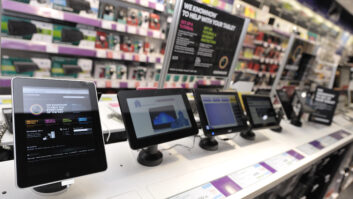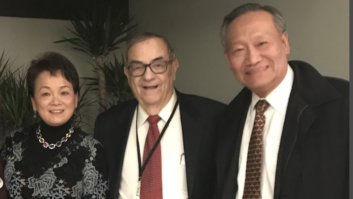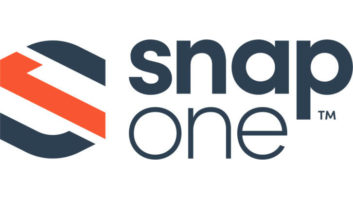Digital products continue to capture the imagination of consumers and drive consumer electronics industry sales to new heights. But even as we celebrate this success, retailers and manufacturers face an unprecedented array of challenges that may bring new regulations, impede sales and jeopardize innovation.
These challenges require us to educate and mobilize consumers around four primary issues: hearing-loss prevention, digital and high-definition television, the V-chip and home recording rights.
With this in mind, the Consumer Electronics Association’s (CEA) executive board has directed CEA to urge the industry to support an unprecedented joint effort to educate consumers about these timely issues. With a unified voice, we can help consumers and protect our industry and your business from unwarranted government regulations. We will be doing the right thing if we collectively inform consumers about:
Hearing Loss Prevention: The resurgence of headsets through MP3 and other portable devices and an aging boomer population have created a renewed focus on hearing loss prevention. CEA encourages manufacturers with relevant products to include a brochure on safe listening. You are invited to make copies of this brochure available to your customers. You can find a downloadable copy at www.hrrc.org/HRRCpackageinserts.pdf.
HDTV Transition: A new law requires analog broadcasting to end by February 17, 2009. This hard cutoff is certain to generate digital sales, but also cause consumer confusion and concern. CEA and our industry have led the nation in DTV consumer education but we must go further to inform consumers about the shut-off and what it means. CEA’s video division created a standard label for analog sets and language for DTV sets to help the industry provide consistent messaging. The industry approved analog label states:
“This TV has only an ‘analog’ broadcast tuner so will require a converter box after February 17, 2009, to receive over-the-air broadcasts with an antenna, because of the nation’s transition to digital broadcasting on that date, as required by Federal law. (It should continue to work as before with cable and satellite TV systems, gaming consoles, VCRs, DVD players and similar products.)”
You also can find this language along with a variety of materials for you to use and distribute to your customers at www.ce.org/hdtv. You are welcome to download and reproduce these materials as well as customize them as best suits your needs. We also encourage you to provide a link to our DTV Web site and/or to www.dtv.gov, both of which include a wealth of DTV information for consumers. Please contact Megan Pollock of our staff at [email protected] for more information.
V-Chip: CEA created the standard for the so-called V-chip which Congress later required for every TV set. The recent focus on indecent broadcasting has brought CEA together with the content, cable and broadcast industries in a voluntary agreement to promote V-chip usage and stave off proposals to impose design mandates on CE products. CEA asks retailers and manufacturers to promote consumer awareness of the V-chip.
We have created a Web site for consumers at www.ce.org/vchip, which provides general information on the V-chip along with links to additional resources. We also have created a “tip sheet” that can be downloaded, customized with your logo and made available to your customers. We ask you to use this material and link to our page from your own Web site. Please contact Jennifer Boone of our staff at [email protected] for more information.
Home Recording Rights: The motion picture and music industries continue to seek new legislative, judicial and regulatory tools to prevent innovation and limit the ability of consumers to choose how, when and where they want to view movies and listen to music. CEA runs and chairs the Home Recording Rights Coalition (HRRC), which focuses on preserving consumer recording rights and manufacturers’ ability to make new and useful consumer recording products. As we prepare for more legislative battles against the deep-pocketed and well-connected content industries, we are working with the HRRC to expand outreach to consumers to solicit their help in contacting lawmakers to preserve consumer rights.
CEA asks manufacturers to include information about the HRRC in their products and link to the HRRC Web site from their own Web pages. You can find recommended language for inclusion at www.hrrc.org/HRRCpackageinserts.
We ask you to join in this effort by including a link to www.hrrc.org from your site as well. For more information, please contact Veronica O’Connell of our staff at [email protected].
I hope you will join us in this broad effort to inform and educate consumers. I recognize that we are requesting a variety of actions, but I truly believe we can protect our industry and your business by working together to bring the power of our message to consumers, legislators and regulators.
As you review these materials, please provide us with any feedback or ideas on how we can enhance this campaign. And look for additional public education efforts from CEA in these areas throughout the year. Thank you for your consideration, and best of luck with your business.













